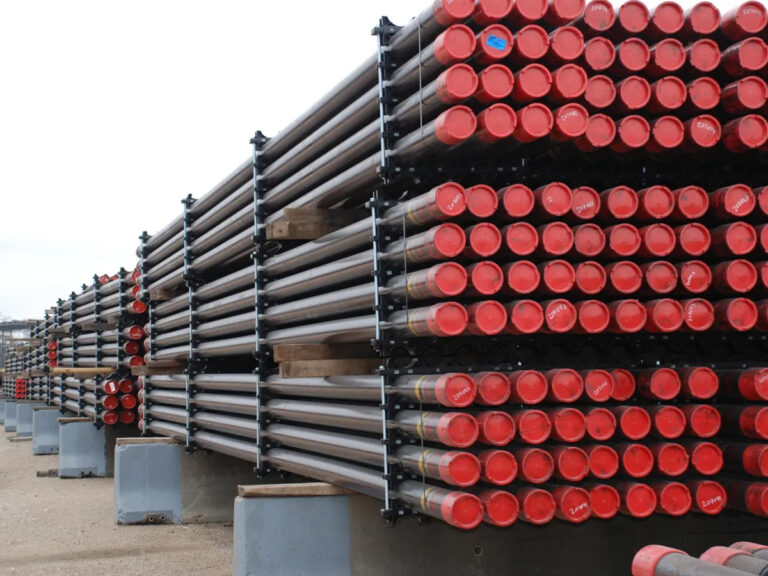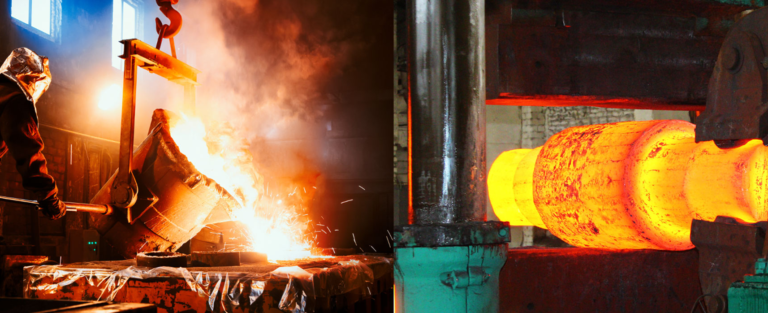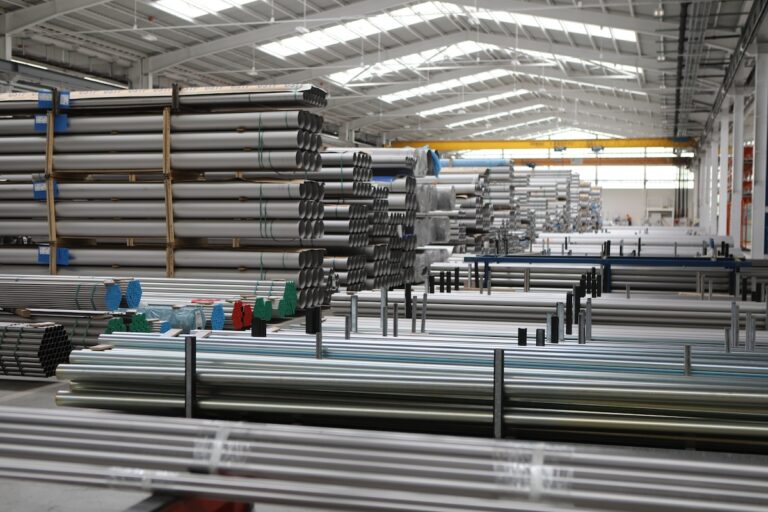Galvanized steel pipe quality, surface coating, heat treatment process
What is the quality of galvanized steel pipes?
What kind of coating is used for the surface layer of galvanized steel pipes?
What should we pay attention to in the heat treatment process of galvanized steel pipes?
Galvanized pipe is actually galvanized steel pipe.
This is mainly because it improves the corrosion resistance of steel pipes because it is evenly coated with a layer of galvanized layer.
The galvanized layer prevents corrosion from other chemicals, such as water vapor, and protects the steel strip from corrosion.
It is non-destructive and can effectively extend the service life of galvanized pipes.
Steel strips are generally purchased in large quantities from galvanized pipe manufacturers, so be careful when storing them.
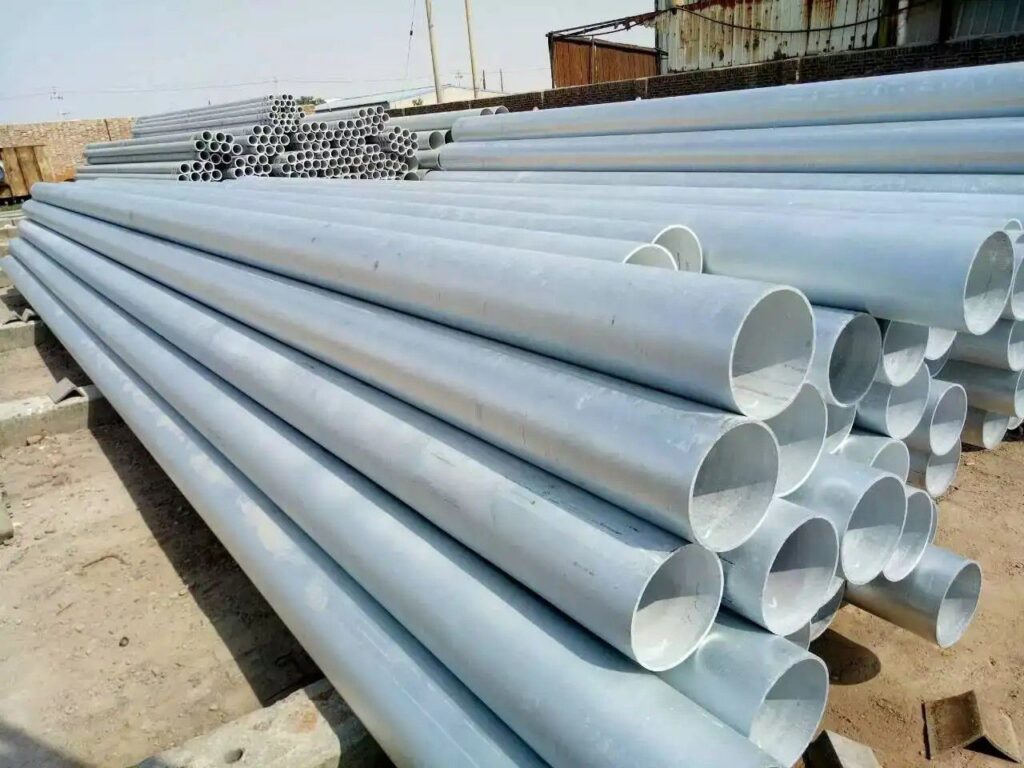
What is the quality of galvanized steel pipes?
The metal materials used in galvanized pipes are generally welded together by two or more metal materials through heating and welding.
The welded interface can also meet the needs of use. Metal materials such as galvanized pipes will not Cracks may occur due to upsetting.
The zinc flowers on the surface of the galvanized steel pipe will appear flat or without zinc flowers.
When cutting the product, it must be cut according to the specified size. When cutting, there must be no defects that affect the use of the product.
When the surface of a product is galvanized, its galvanizing value also has certain requirements.
The amount is actually the thickness of the zinc layer on the surface of the product. If the thickness of the zinc layer on both sides is the same, it is called equal thickness galvanizing.
If the amount is different, it is called differential galvanizing. Thickly galvanized.
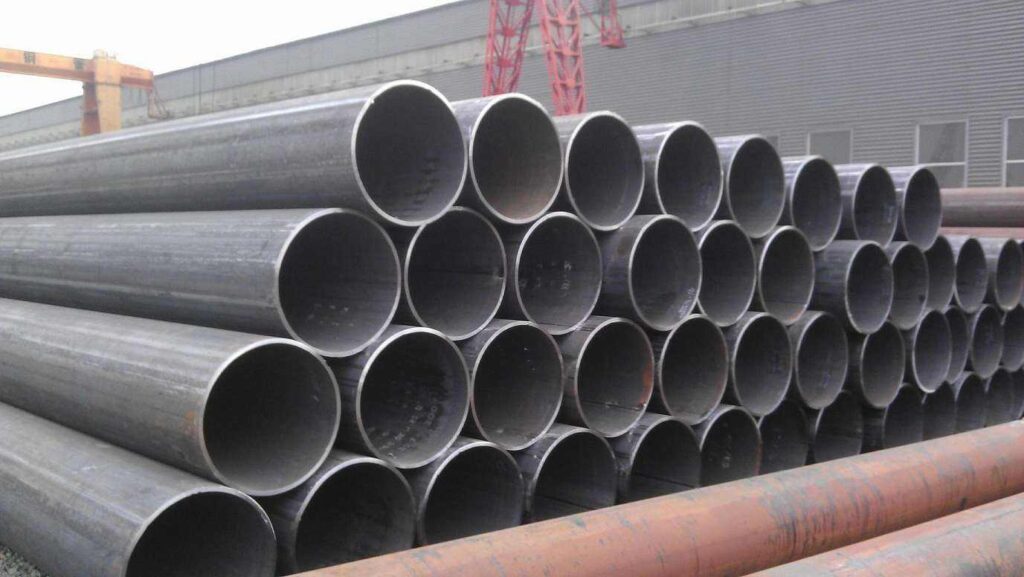
What kind of coating is used for the surface layer of galvanized steel pipes?
In order to extend the anti-corrosion life of the galvanized layer and change the surface color, coating the surface of galvanized steel structures with paint is still the main method for many users with anti-corrosion and decoration needs.
Galvanized pipes are non-ferrous metals with poor adhesion.
Painting with alkyd paint will not only cause saponification reaction, but also cause damage to the original galvanized layer, leading to coating failure.
If you want to apply anti-corrosion and anti-rust paint on the surface of galvanized square pipes, you need to choose a suitable primer and topcoat to truly play the role of anti-corrosion and decoration.
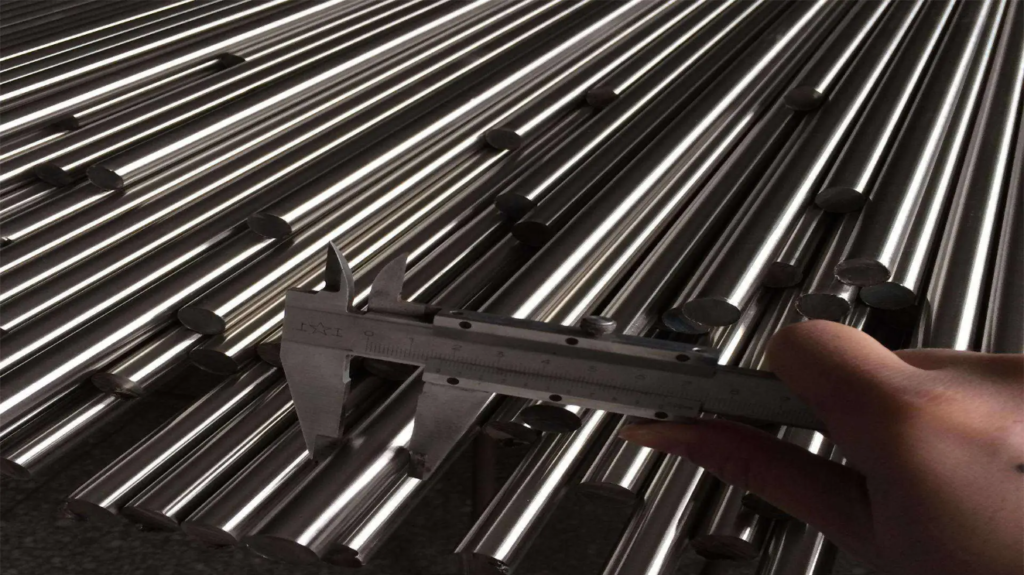
What should we pay attention to in the heat treatment process of galvanized steel pipes?
The fixture used in the vacuum furnace for the first time should be degassed and purified in advance at a vacuum degree not lower than that required by the workpiece;
Workpieces that are easily deformed during heat treatment should be heated on special fixtures.
Preheating methods include: primary preheating at 800°C, secondary preheating at 500-550°C and 850°C. The temperature rise rate of primary preheating should be limited;
Martensitic stainless steel and heat-resistant steel galvanized pipes must be quenched and cooled to room temperature before cleaning, cryogenic treatment or tempering.
The time interval between welding and subsequent heat treatment should not exceed 4 hours;
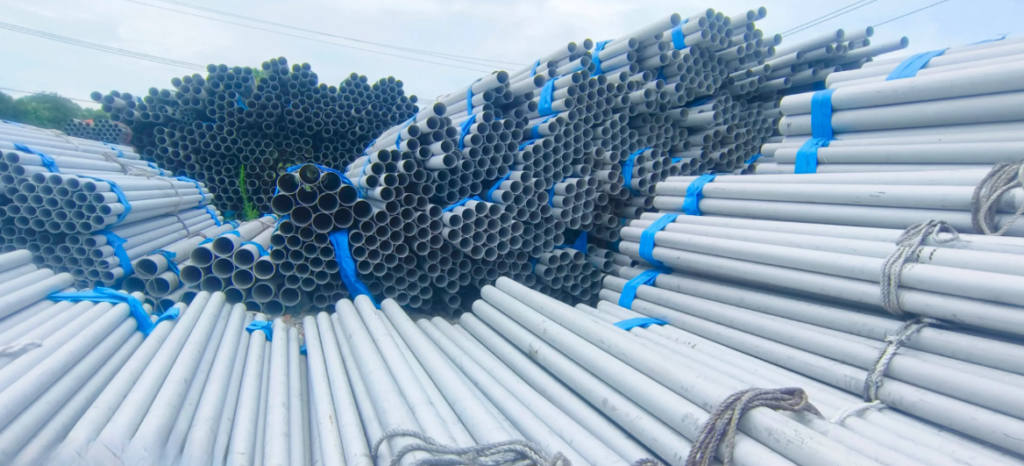
After correction, stress relief annealing should be performed at a temperature lower than the original tempering temperature.
For workpieces with complex shapes or strict size requirements, use a shaping fixture combined with tempering to correct after correction;
When the mechanical properties of the galvanized pipe are unqualified, repeated heat treatment can be carried out, but the number of repeated quenching or solid solution generally does not exceed two times.
Supplementary tempering of galvanized pipe does not count as reprocessing.
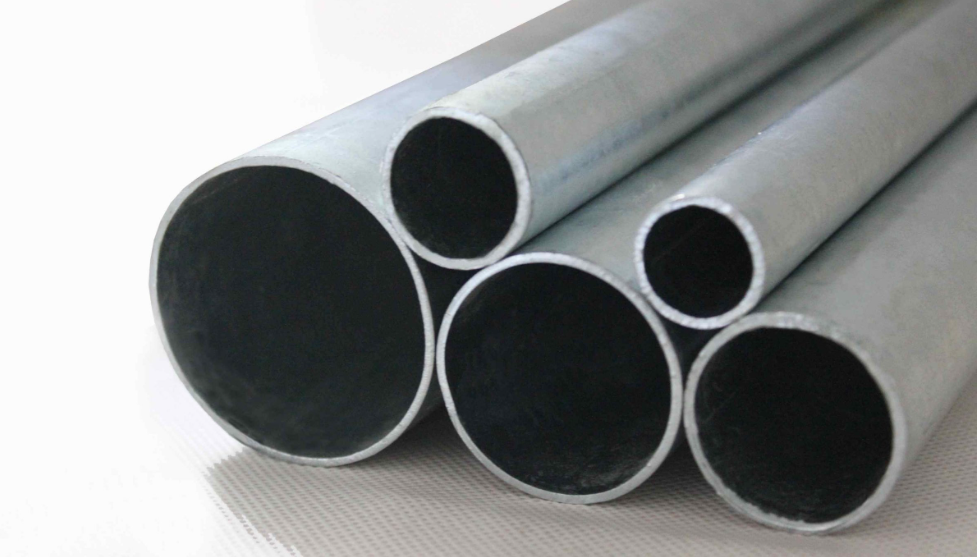
Martensitic stainless steel and heat-resistant steel workpieces in the quenched state or after low-temperature tempering should be preheated, annealed or high-temperature tempered before repeated quenching.

